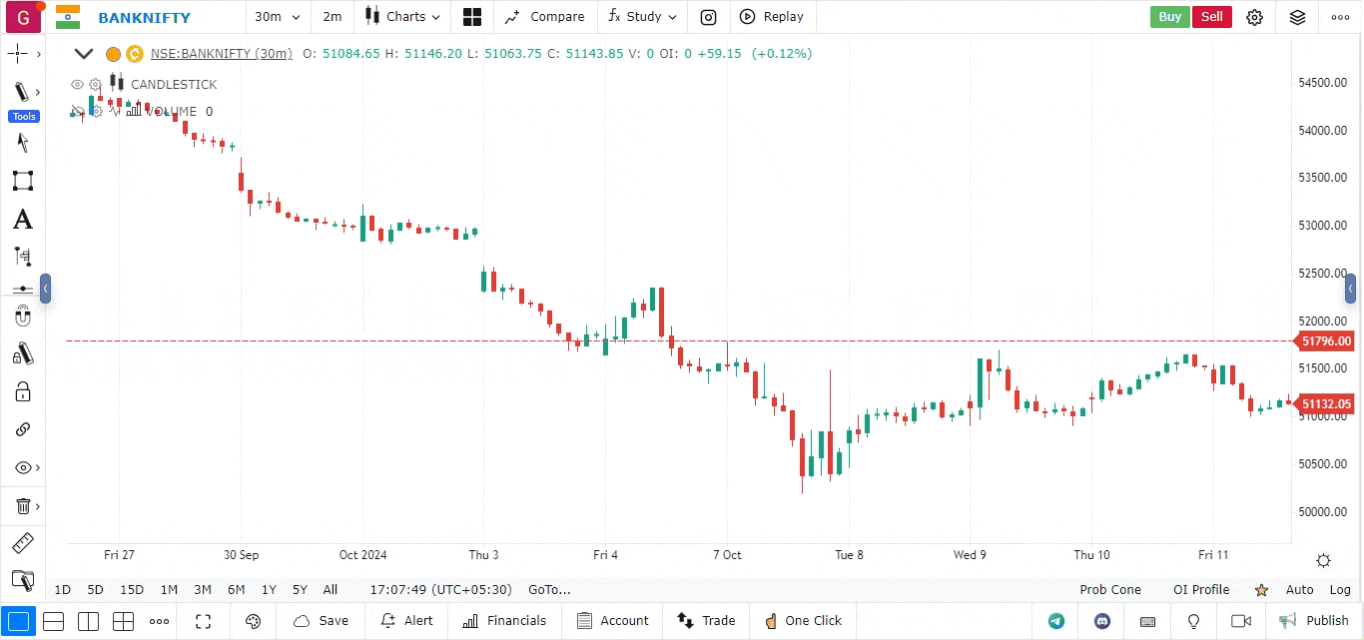Shinohara Indicator
The Shinohara Indicator is a momentum oscillator that helps traders identify market sentiment and potential price reversals. It was developed by Takashi Shinohara and is particularly useful in assessing overbought and oversold conditions in the market.
Key Features of the Shinohara Indicator:
- Momentum Measurement: It quantifies the strength of price movements, allowing traders to gauge market sentiment.
- Overbought and Oversold Conditions: The indicator helps identify potential reversal points based on extreme values.
- Trend Analysis: It provides insights into the direction and strength of the trend, aiding in trading decisions.
Calculation of the Shinohara Indicator
The Shinohara Indicator is calculated using the following steps:
- Calculate the Average Price:
- Calculate the Current Price Change:
- Calculate the Total Price Change:
- Calculate the Shinohara Value:
The result typically ranges from 0 to 100, where higher values indicate strong upward momentum and lower values indicate strong downward momentum.
Using the Shinohara Indicator
To analyze the Shinohara Indicator effectively, follow these steps:
-
Load the Chart for the Asset:
- Open the charting platform.
- Load the chart for the specific asset you wish to analyze.
-
Set the Timeframe:
- Choose an appropriate timeframe for your analysis (e.g., daily, weekly). The Shinohara Indicator can be applied to various timeframes.
-
Add the Shinohara Indicator:
- Navigate to the Indicators section.
- Search for Shinohara Indicator in the list of available indicators.
- Click on the Shinohara Indicator to add it to your chart. It will appear in a separate panel below the main price chart.

-
Interpret Signals:
- Overbought and Oversold Levels:
- Values above 70 typically indicate overbought conditions, suggesting a potential price reversal to the downside.
- Values below 30 typically indicate oversold conditions, suggesting a potential price reversal to the upside.
- Crossovers:
- A bullish signal occurs when the Shinohara Indicator crosses above the oversold level (e.g., 30).
- A bearish signal occurs when it crosses below the overbought level (e.g., 70).
- Divergence: Look for divergence between the Shinohara Indicator and the price action. If the price makes a new high but the indicator does not, it may signal a potential reversal.
- Overbought and Oversold Levels: